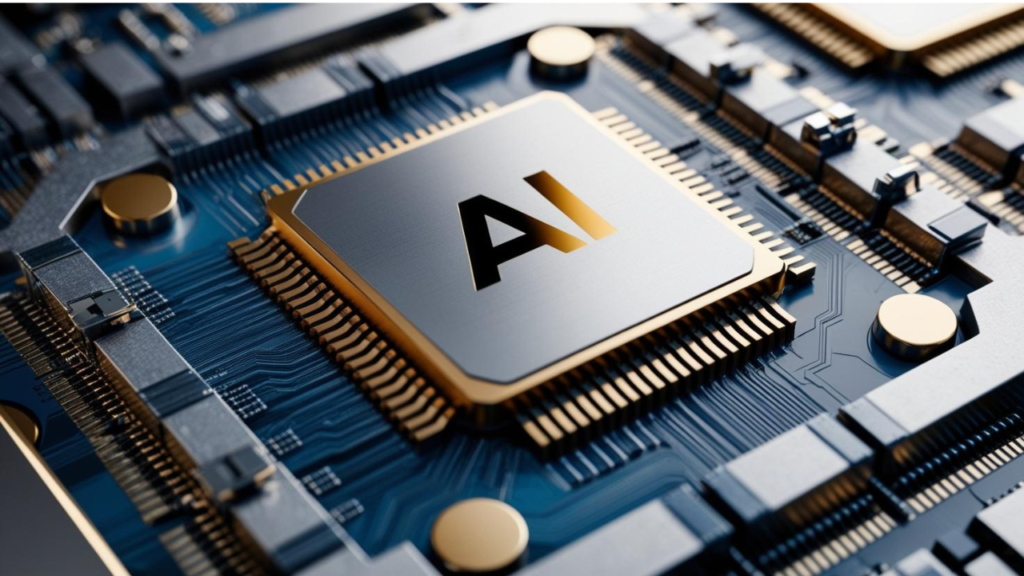The Trump administration has provided some relief to AI chip companies like Nvidia in the USA, as it has decided to revise the” AI diffusion rule” that was supposed to start on 15th May 2025.
The “AI diffusion rule”, created by the Biden administration, would have limited how many advanced AI chips the USA could export to other countries. The main goal was to stop chips from reaching China and being used for military or advanced AI purposes, even imposing restrictions on their supply to China through other countries.
But the AI chip companies were unhappy with the earlier “AI diffusion rule,” as they believed it would hinder the USA’s competitiveness in the global AI and innovation race.
The Earlier “AI Diffusion Rule”
The earlier rule’s stated goal was primarily to prevent China and Russia from accessing cutting-edge American AI chip technology that could be used for military, surveillance, or strategic purposes.
The policy originally divided countries into three groups: “top-tier” allies with full access, a large group of “second-tier” nations facing quotas, and China and Russia facing near-total bans.
The New Version Of The Regulation
But the earlier version of AI chip regulation gained a lot of criticism from Nvidia and other companies, as they think it will impact America’s competitiveness in the global market. The market players believed that by making it harder to sell to a wide range of countries, the USA risks pushing customers and partners toward alternative suppliers, including Chinese chipmakers, which could ultimately harm the USA industry dominance.
Ultimately, Trump’s administration has decided to redefine the AI chip supply regulation with the following conditions:
- Drop the three-tier system and not treating allies like second-class partners
- Establishing bilateral deals and negotiating individual agreements with trusted countries about AI chip exports
- Keeping strict restrictions on adversaries like China and Russia, making sure they can’t get advanced American AI chips
- Warned companies and the public about the risks of letting American chips be used in Chinese AI development, and guided them to prevent chips from being secretly redirected to China through other countries
How Companies Are Reacting To The New Version
At present, the companies in the USA have a mixed reaction. The old rule would have limited their sales and made it harder to compete globally. Now, they can sell more chips to friendly countries, which helps their business. But at the same time, they feel that a patchwork of bilateral agreements can create more uncertainty and complexity for companies.
The new regulation will make it difficult for companies like Nvidia, Microsoft, AMD to operate globally, as negotiating multiple country-specific deals will be time-consuming and may be potentially worse than the previous diffusion framework.
How International Partners And Competitors Are Interpreting The Rule
The USA allies, particularly those initially placed in the “second tier,” have expressed frustration over being grouped with less-trusted nations and have sought clarification on their status. While European partners are pressing for more transparent and fair treatment. Meanwhile, China and other rivals are accelerating efforts to develop domestic AI chips, viewing the rule as both a threat and an opportunity to reduce dependence on the USA technology.
Conclusion
Right now, the USA is monitoring down on both the import and export of advanced chips. It is investigating and imposing tariffs on foreign-made chips to boost local manufacturing, and thereby controlling the import side. Through the now-cancelled AI diffusion rule, trying to stop advanced AI chips from reaching adversaries, hence, controlling the export side.
Both are part of the same larger push to control the chip supply chain for security and economic reasons. But, there is concern that continued tightening of export controls could lead to a near-total decoupling of the USA and Chinese AI chip markets. This would force China to accelerate the development of its own domestic AI accelerators, potentially creating a long-term competitor and further fragmenting the global tech ecosystem.
The Chinese and European AI chip manufacturers and sellers like Huawei (China), Alibaba (China), Cambricon Technologies (China), Graphcore (Europe), and Axelera AI (Europe) are expected to give tough competition to the USA players in the near future.
As the global AI race intensifies, American chipmakers and AI companies must adapt to a rapidly changing regulatory landscape. The companies may invest in compliance teams, diversify supply chains, and seek new international partnerships to hedge against future policy shifts in the coming years.

